Traditional GPS trackers that rely solely on the L1 frequency struggle to meet the ever-increasing demands for pinpoint accuracy. Multipath errors, ionospheric delays, and other interference, especially in urban environments with dense buildings, can significantly affect performance. However, the introduction of the L5 civil signal has revolutionized this landscape.
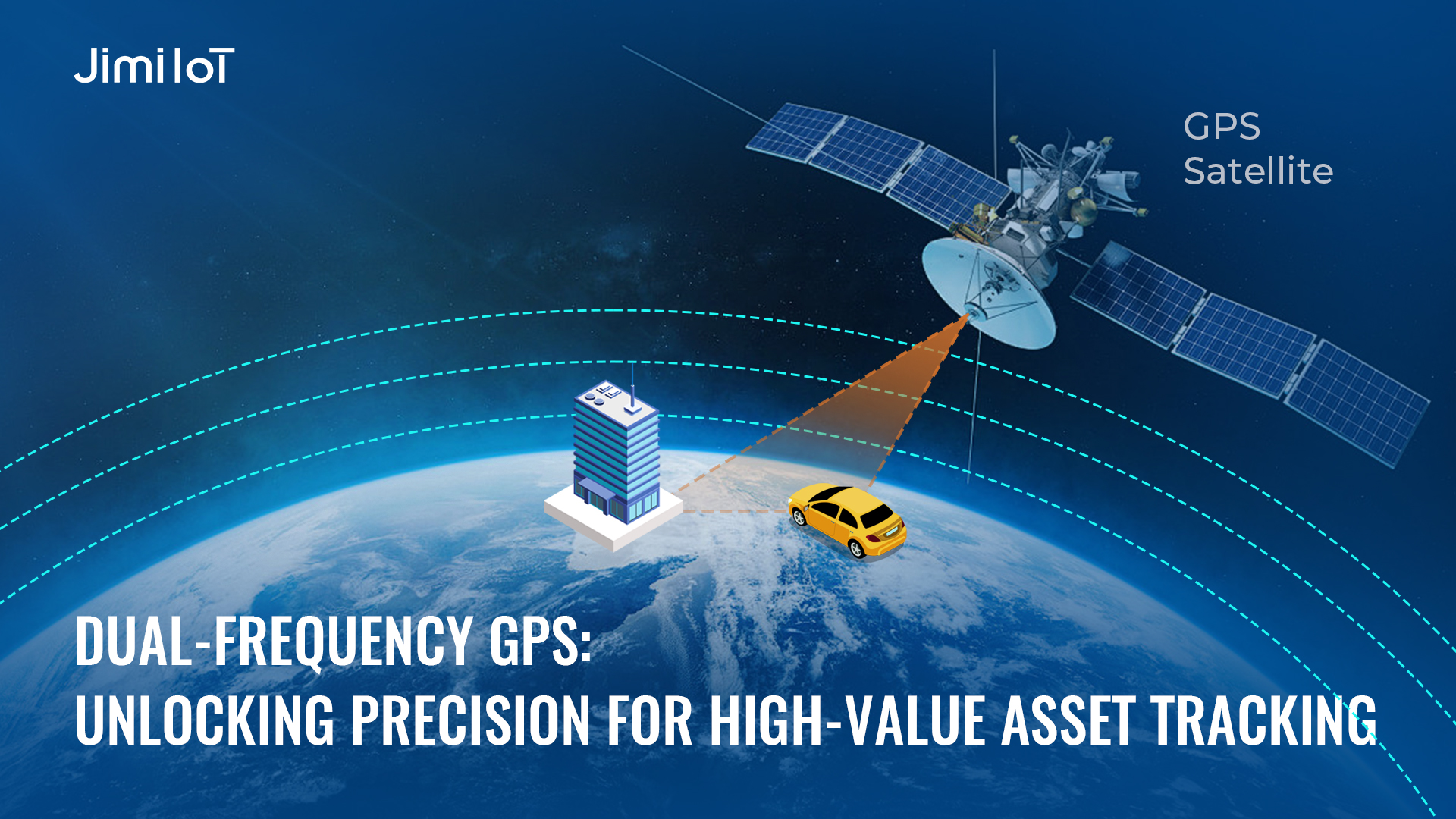
Fig. 1 Multipath Effect and Ionospheric Delays
Since its activation for civil use, the L5 frequency has attracted considerable attention. Many manufacturers, recognizing its potential, are actively incorporating it into their hardware. This new signal not only aligns with the Galileo (EU), BeiDou (China), and GLONASS (Russia) systems but also promises improved compatibility and positioning accuracy across various platforms.
Dual-Frequency GPS Trackers vs. Traditional Trackers
Dual-frequency GPS trackers offer several key advantages over traditional trackers:
- Receiving Frequency Difference: Dual-frequency GPS trackers receive satellite signals from both the L1 and L5 frequency bands, while single-frequency trackers are limited to the L1 band.
- Enhanced Positioning Accuracy: Dual-frequency trackers utilize the difference in ionospheric delay effects between the L1 and L5 bands to more precisely eliminate these effects, resulting in significantly improved positioning accuracy compared to traditional trackers.
- Faster Resolution of Integer Ambiguity: Dual-frequency trackers leverage observations on both frequencies to accelerate integer ambiguity resolution, further improving both speed and accuracy.
Overall, dual-frequency GPS trackers offer superior performance, making them a valuable choice for applications that require highly accurate and reliable location data.
Introducing the VL101G: A Game Changer in GPS Tracking
Embracing this technology leap, we’re proud to introduce the VL101G – our first dual-frequency GPS tracker. Designed for precision-critical applications, the VL101G can receive L1/L5 dual-frequency GNSS signals, delivering:
- Faster Time To First Fix (TTFF): Our field tests demonstrate significantly faster TTFF in both open and obstructed environments compared to traditional trackers.
- Improved Positioning Accuracy: Dual-frequency technology minimizes signal interference, resulting in more accurate location data for your high-value assets.
Real-World Testing: VL101G vs. Traditional Tracker
To demonstrate the capabilities of the VL101G, we conducted a side-by-side comparison with a traditional tracker (GT06N as an example) in two controlled environments:
- Open Area: The VL101G consistently achieved faster TTFF and tracked a significantly higher number of visible satellites compared to the traditional tracker.
- Under Roof: Even with obstructed satellite signals, the VL101G maintained superior TTFF and tracked more satellites than the traditional tracker.
Static Test Results in Open Area

Fig. 2 Test Environment
Table 1 TTFF by Start Type and Device
| Item | No. | VL101G | GT06N |
| Cold Start | 1 | 25 | 36 |
| 2 | 23 | 29 | |
| 3 | 18 | 52 | |
| 4 | 19 | 39 | |
| 5 | 14 | 24 | |
| 6 | 19 | 36 | |
| 7 | 18 | 28 | |
| 8 | 19 | 36 | |
| 9 | 18 | 28 | |
| 10 | 19 | 74 | |
| Average Time* | / | 18.182 | 35.5 |
| Hot Start | 1 | 2.218 | 0.985 |
| 2 | 1.828 | 2.016 | |
| 3 | 0.781 | 3.094 | |
| 4 | 1.516 | 1.969 | |
| 5 | 1.609 | 2.047 | |
| 6 | 1.453 | 3.516 | |
| 7 | 1.735 | 3.031 | |
| 8 | 1.782 | 3 | |
| 9 | 2.328 | 1.984 | |
| 10 | 1.578 | 5.062 | |
| Average Time* | / | 1.715 | 2.582 |
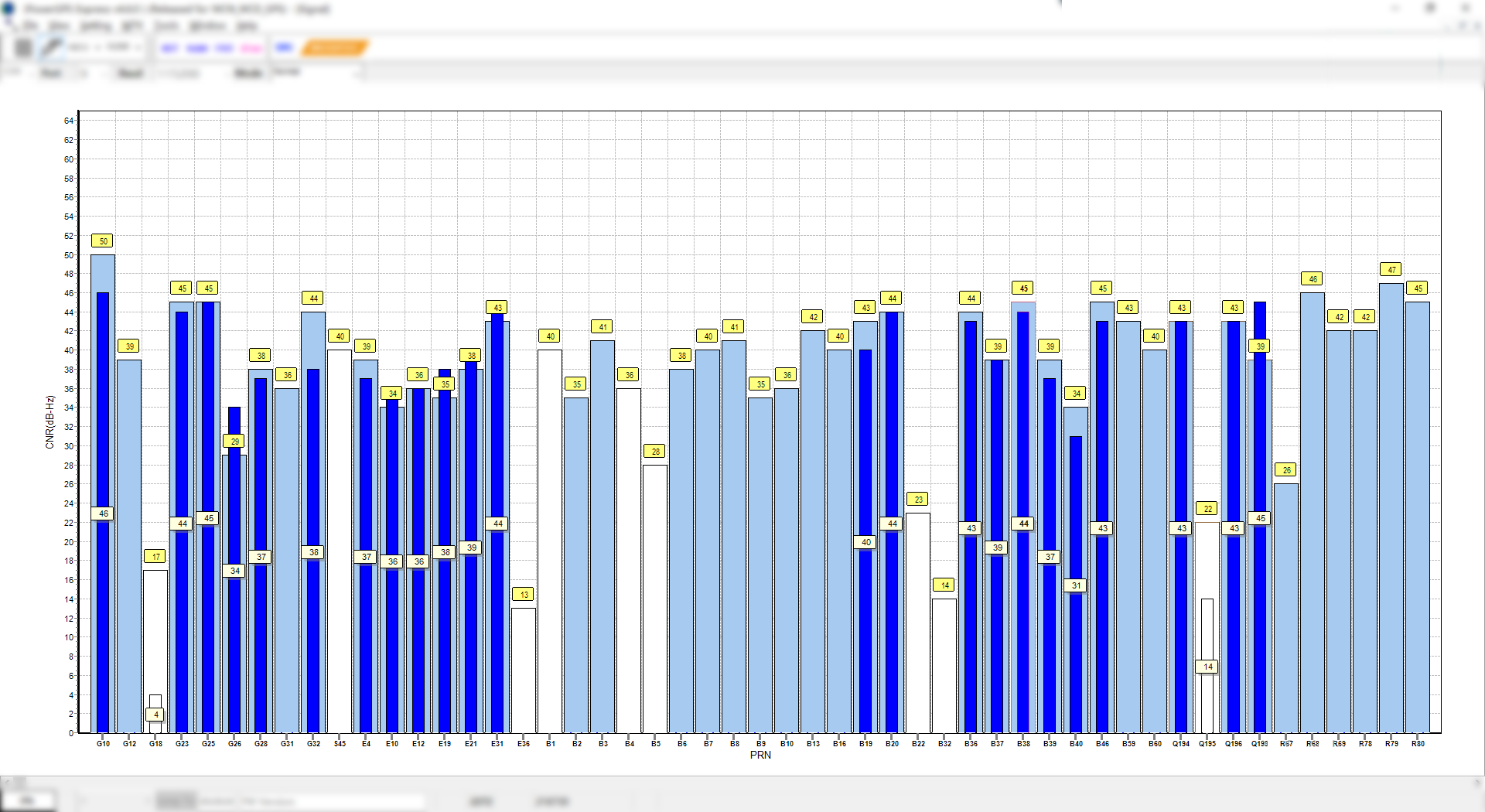
Fig. 3 VL101G Positioning Effect Rendering
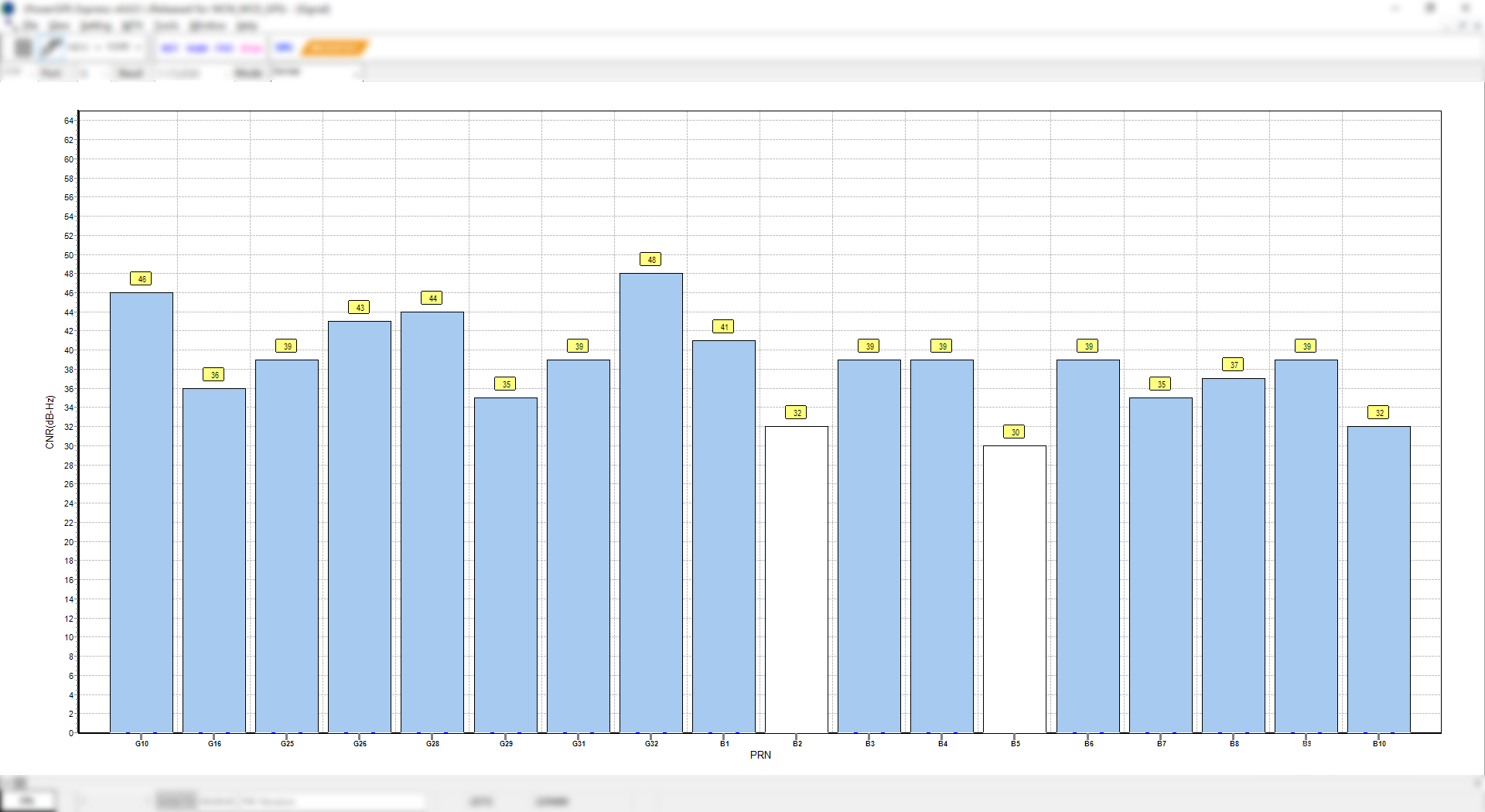
Fig. 4 GT06N Positioning Effect Rendering
Table 2 Number of Visible Satellites by GNSS Frequency and Device
| GNSS | Frequency | VL101G | GT06N |
| GPS | L1 | 9 | 10 |
| BeiDou | 21 | 7 | |
| GLONASS | 7 | / | |
| Galileo | 7 | / | |
| QZSS | 4 | / | |
| GPS | L5 | 3 | / |
| BeiDou | 9 | / | |
| GLONASS | / | / | |
| Galileo | 7 | / | |
| QZSS | 4 | / | |
| Total Visible Satellites | / | 64 | 17 |
Static Test Results Under Roof

Fig. 5 Test Environment
Table 2 TTFF by Start Type and Device
| Item | No. | VL101G | GT06N |
| Cold Start | 1 | 32 | 63 |
| 2 | 31 | 46 | |
| 3 | 33 | 55 | |
| 4 | 36 | 17 | |
| 5 | 34 | 55 | |
| 6 | 42 | 169 | |
| 7 | 30 | 58 | |
| 8 | 36 | 36 | |
| 9 | 27 | 57 | |
| 10 | 31 | 108 | |
| Average Time* | / | 32.875 | 59.8 |
| Hot Start | 1 | 3.672 | 3.171 |
| 2 | 3.406 | 2.015 | |
| 3 | 3.36 | 13.031 | |
| 4 | 2.25 | 3.11 | |
| 5 | 3.328 | 7.031 | |
| 6 | 4.25 | 3.984 | |
| 7 | 3.344 | 6.125 | |
| 8 | 4.218 | 7 | |
| 9 | 3.047 | 3.968 | |
| 10 | 4.171 | 3.984 | |
| Average Time* | / | 3.568 | 4.797 |
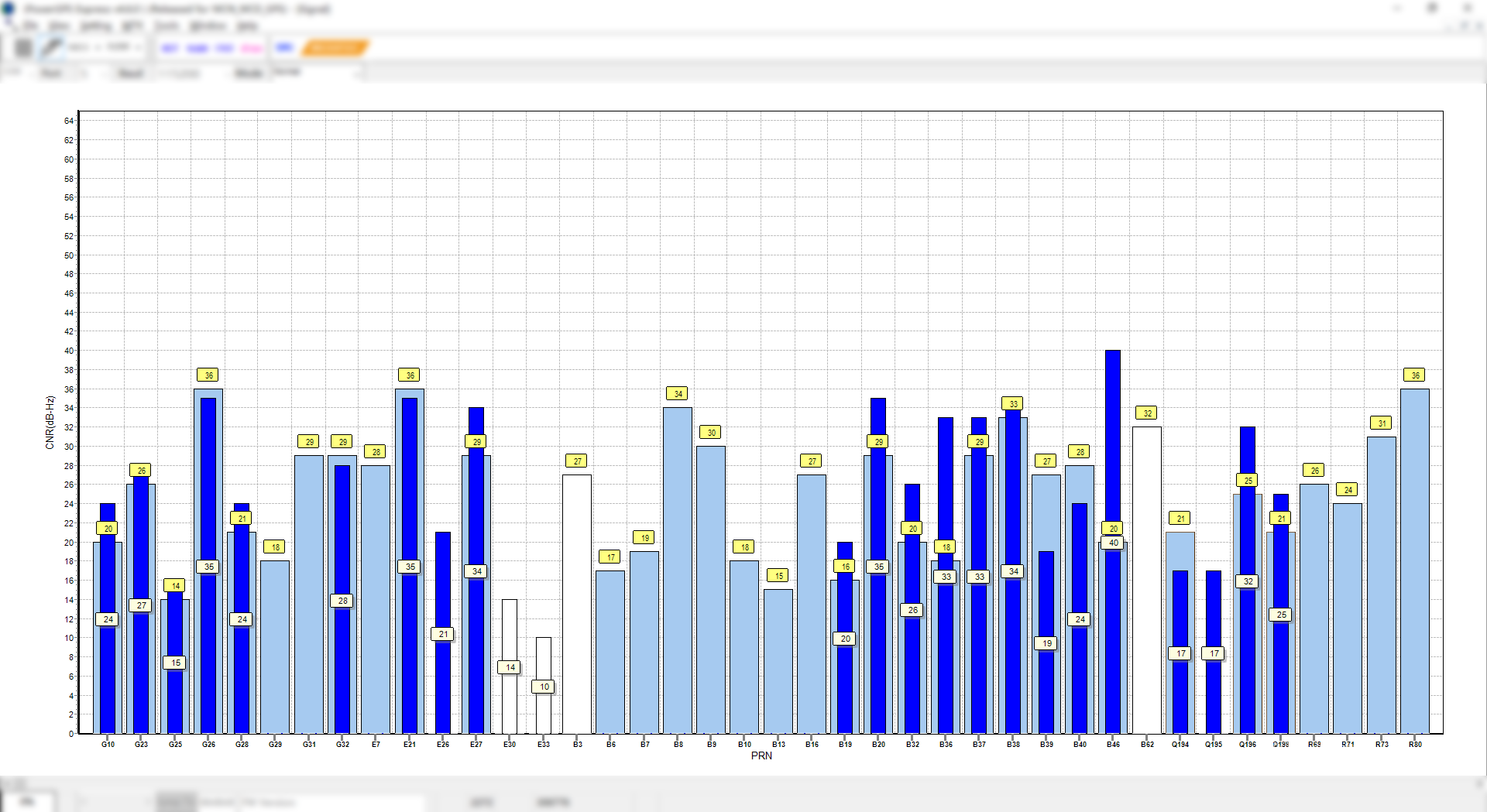
Fig. 6 VL101G Positioning Effect Rendering
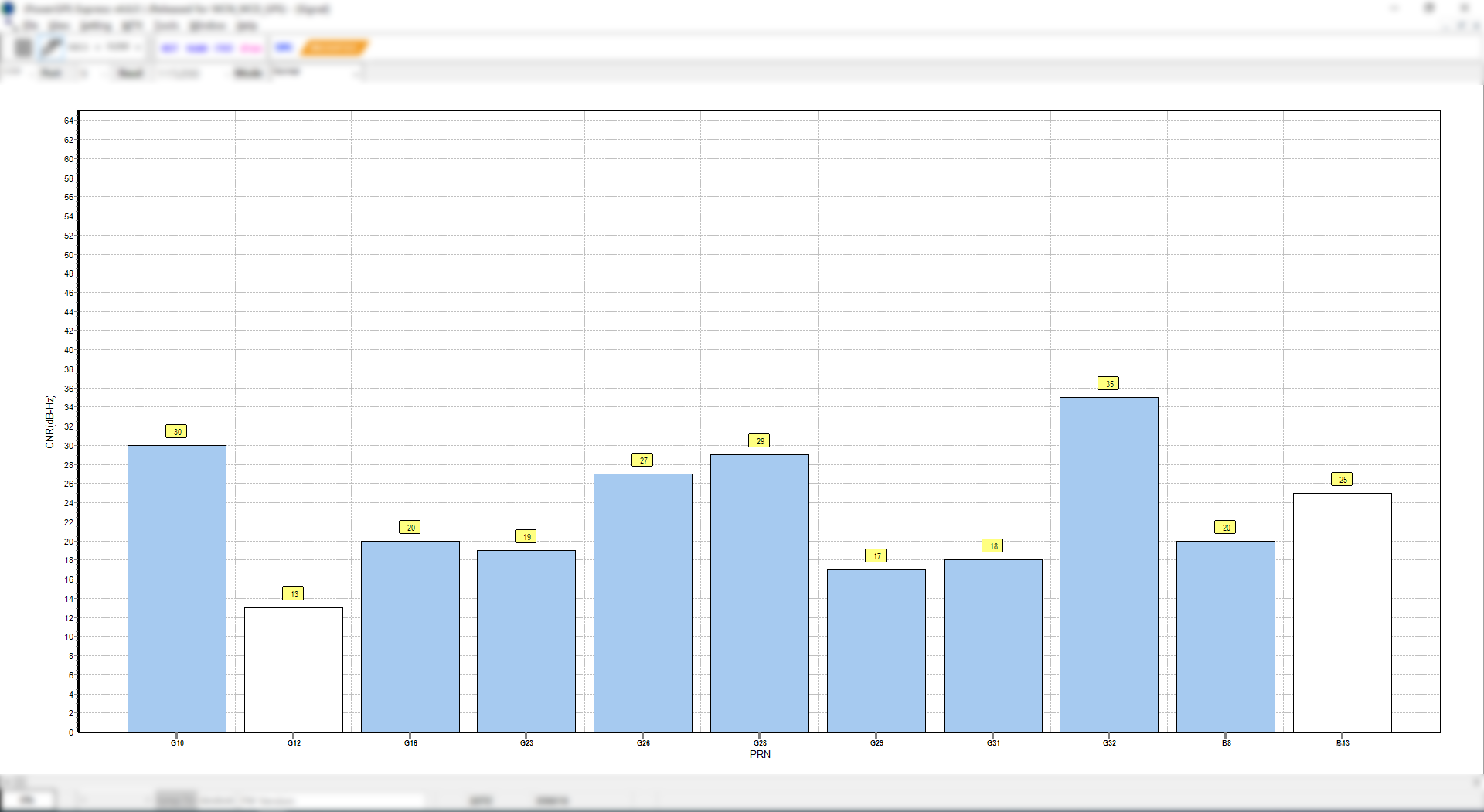
Fig. 7 GT06N Positioning Effect Rendering
Table 3 Number of Visible Satellites by GNSS Frequency and Device
| GNSS | Frequency | VL101G | GT06N |
| GPS | L1 | 7 | 6 |
| BeiDou | 7 | 2 | |
| GLONASS | 1 | / | |
| Galileo | 2 | / | |
| QZSS | 2 | / | |
| GPS | L5 | 2 | / |
| BeiDou | 5 | / | |
| GLONASS | / | / | |
| Galileo | 2 | / | |
| QZSS | 1 | / | |
| Total Visible Satellites | / | 29 | 8 |
Dual-Frequency GPS – The Future of Precision Tracking
While the initial cost of dual-frequency trackers may be higher due to the need for specialized dual-band receive antennas with multiple feed points, the benefits in accuracy and reliability make them a worthwhile investment for high-value asset tracking and other demanding applications.
As dual-frequency technology becomes more widely adopted, it will transform the way we track and manage critical assets, ensuring greater efficiency and accuracy across multiple sectors.
WHY JIMIIOT
Jimi IoT is a global leader in innovative IoT solutions. We provide cutting-edge hardware and software tailored to enhance efficiency and connectivity. Our range of products includes advanced GPS tracking devices, asset management solutions, smart vehicle dashcams, and telematics platforms. With a focus on technological excellence and customer satisfaction, we empower businesses to optimize operations and gain valuable insights from data-driven analytics. Trust JimiIoT to drive positive change and unlock growth opportunities in the digital age.
If you would like more details, please visit Facebook, LinkedIn, INS, and Twitter pages to learn more.

 US
US ES
ES PT
PT TH
TH VN
VN JP
JP


